Here, we are told by David Green, Executive Director at the U.S. Sustainability Alliance, that conserving water is essential to feeding the world
One word seems to capture a pressing global concern – water. There is either too much water from devastating floods or too little in record-breaking droughts, which climate scientists predict will become more frequent and intense as temperatures continue to rise, complicating our needs when conserving water.
Agriculture comes under scrutiny for its use and lack of conserving water – the OECD estimates (1) that 70% of the world’s freshwater is used for irrigation. Such facts lead to strong criticism of agriculture’s demands on this precious resource, yet this overlooks the fact that irrigation is needed to produce food. Without it, food security comes under threat.
As the global population grows, the demand for freshwater for crop production will only rise, with some estimates predicting the need for a 50% increase in supplies. For sure, crop farming faces a raft of challenges, including the impact of soil erosion and degradation, desertification, and salinisation. But it is to water conservation and efficiency that farmers, scientists, and governments are devoting much-needed attention.
Protecting water quality
In the United States, water resource management is primarily handled at the State level, except for some large-scale irrigation projects supplied by federally financed water projects. There are also several laws and policies in place to protect water quality, including from run-off and pollution, such as the recent $20.5 million grants to help states or federally recognised tribes establish temporary bridge programs to protect water resources.(2)
The Clean Water Act (3), first enacted in 1948, regulates the discharges of pollutants and quality standards for surface waters. The 2018 Farm Bill (4) explicitly allows irrigation districts, irrigation associations and drainage districts to participate in the Environmental Quality Incentives Program (EQIP) for conserving water or irrigation efficiency practices.
Conserving water on the farm
At the farm level, numerous methods (5) are increasingly being adopted, such as drip irrigation, where systems deliver water directly to a plant’s roots, reducing the evaporation that results from spray watering systems. This can lead to savings of 80% more water than conventional irrigation systems. Some farms have built ponds or reservoirs to capture and store rainfall for use throughout the year and avoid the use of groundwater.
Elsewhere, smart water management of irrigation systems includes monitoring weather forecasts, as well as soil and plant moisture, and adapting the irrigation schedule to prevailing conditions. For livestock farmers, rotational grazing, where stock is moved between fields to help promote pasture regrowth, helps to increase the fields’ water absorption and decreases water run-off, making pastures more drought-resistant and conserving more water.
From cover crops to whole orchard recycling
U.S. crop farmers increasingly use cover crops to protect soil, reduce weeds, increase soil fertility and organic matter, and help prevent erosion and compaction, which allows water to penetrate the soil more easily and improve its water-holding capacity. Surveys (6) show that fields planted with cover crops were 11 to 14% more productive than conventional fields during years of drought. Biotechnology crops, such as corn, have been developed to be drought-resistant, and gene editing will introduce drought-tolerant varieties for many more crops and vegetables.
Water flow meters are one of the tools used by Arkansas farmer (7) Scott Matthews on his rice farm to ensure optimum use on this water-dependent crop. Together with GPS tracking of his fields’ elevation he can calculate how much water is needed for each field and adjust accordingly when constructing levees that regulate water flow. Mr Matthews has also installed reservoirs and pit recovery systems so that water can be reused.
For California almond farmer (8) Christine Gemperle, her biggest dilemma is how to harness the water she has in the often-drought-hit state. “Climate change is real,” she says. “We’ve moved into this pattern of weather where we’re seeing either feast or famine, so we could have a year with 200% of normal rain and then it could be followed by three years of drought.”
Ms. Gemperle has implemented five water strategies on her farm for conserving water. First is strategic irrigation so the water is available where and when it is needed by the almond trees. Other practices include ongoing data checks for evaporation loss, tracking a tree’s development, efficient irrigation equipment, and reusing recycled municipal water supplies. “Our latest practice is whole orchard recycling, where we take an orchard at the end of its life cycle and grind it back into the ground. Research by the Almond Board shows that this can increase the water-holding capacity of the soil by up to 20%.”
Freshwater makes up less than 3% of the world’s water, and climate change, increasing populations, and urbanisation are already highlighting the fragility of water use and food production. As the world moves inexorably to nearly ten billion people on the planet by 2050, conserving water to feed all populations is a top priority.
References
- https://www.oecd.org/agriculture/topics/water-and-agriculture/
- https://www.usda.gov/media/press-releases/2022/11/17/biden-harris-administration-announces-205-million-grants-protect#:~:text=WASHINGTON%2C%20Nov.%2017%2C%202022,to%20establish%2C%20reopen%2C%20retrofit%2C
- https://thesustainabilityalliance.us/clean-water-act/
- https://www.usda.gov/farmbill
- https://www.sare.org/resources/smart-water-use-on-your-farm-or-ranch/#:~:text=Smart%20Water%20Use%20on%20Your%20Farm%20or%20Ranch%20spotlights%20innovative,rangeland%20drought%20mitigation%3B%20and%20water
- https://www.sare.org/resources/cover-crops/
- https://thesustainabilityalliance.us/latest-ussa-podcast-takes-deep-dive-into- water-conservation/
- https://www.almonds.co.uk/why-almonds/almond-living-magazine/atlantic-rethink

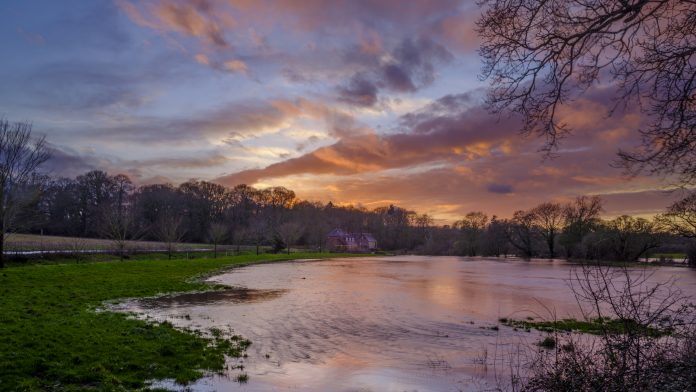
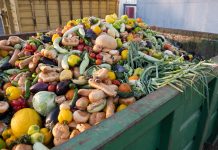
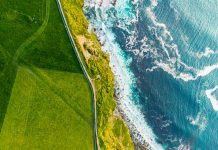
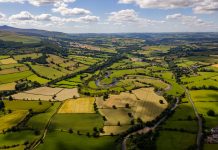
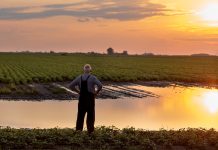
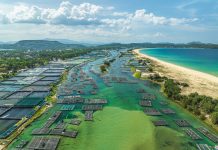
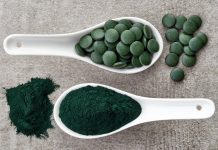




I completely agree with you, David. Just like homeowners have embraced IoT to improve home water and energy conservation, farmers need to utilize modern technology to efficiently and sustainably use water. With IoT, farmers can access better evapotranspiration data and apply more targeted irrigation methods. The smart water sensors can be used to monitor other variables as well, including pH level, salinity, and additional factors that impact crop health.